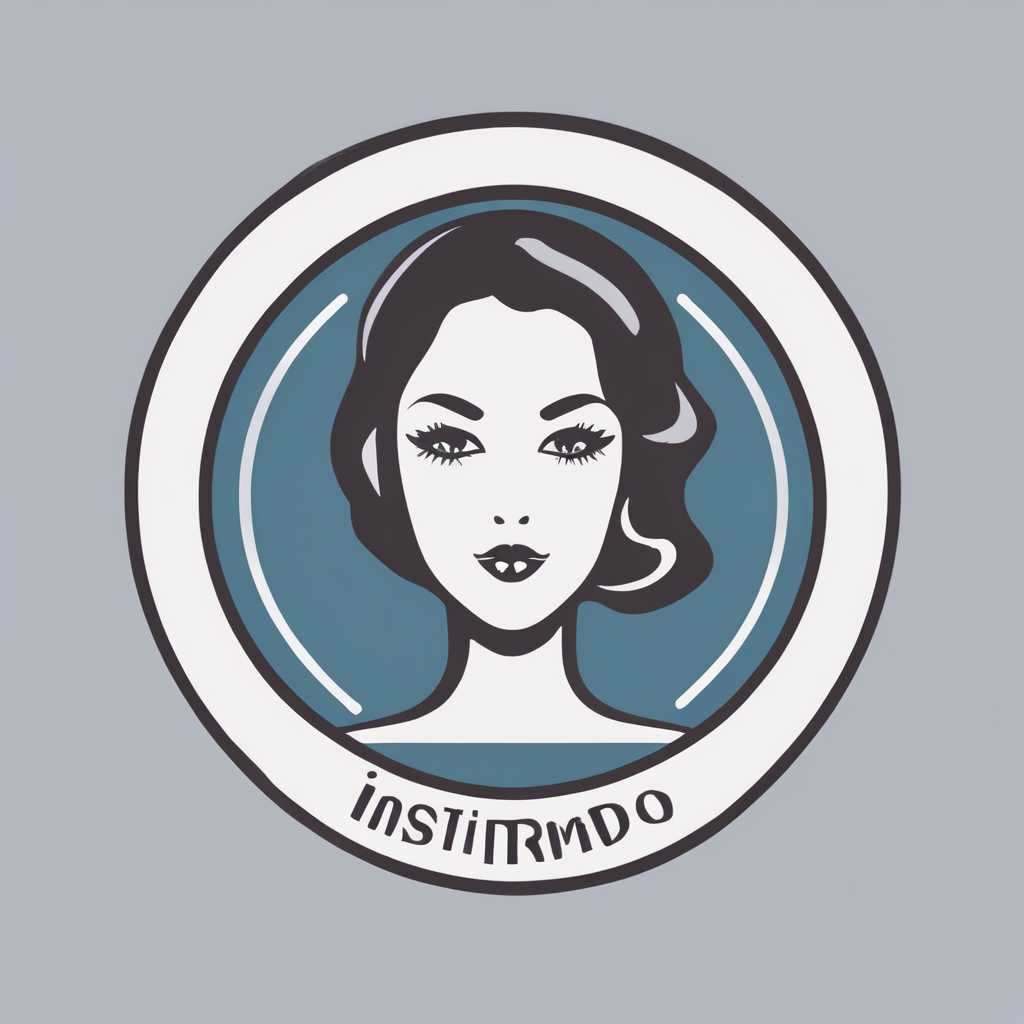Understanding Bold Graphics in UK Fashion
In fashion design, bold graphics add a dynamic element that significantly influences consumer perception and brand identity. Renowned for their ability to captivate attention, these striking visual elements often set the tone for modern UK fashion trends. Incorporating vibrant colors, unusual patterns, and eye-catching designs, bold graphics are essential in making fashion pieces memorable.
In the UK, the trend towards boldness in design is ever-growing, reflecting a wider shift towards individuality and personalization. This trend allows brands to differentiate themselves in a competitive market by creating distinct visual appeals that resonate deeply with consumers’ identities.
Also read : The definitive handbook for selecting chic high heels for formal occasions in windy uk weather
The impact of these graphics transcends just aesthetics. They play a vital role in storytelling, conveying messages about the brand’s ethos and values. For instance, a collection featuring bold graphics can evoke different emotions or cultural narratives, thereby enhancing consumer engagement.
Moreover, the integration of such visuals affects brand identity by solidifying a unique image that can be easily recognized. For consumers, this translates to a deeper connection with the brand, often fostering loyalty. The strategic use of bold graphics not only sets trends but also becomes a hallmark of innovative fashion design.
Have you seen this : Ultimate guide to sustainable activewear: discover the best eco-friendly fabrics in the uk
Techniques for Integrating Bold Graphics
The incorporation of graphic integration techniques is crucial in transforming fashion pieces into eye-catching works of art. These fashion design methods are essential for utilising bold graphics effectively within a fashion context.
Color Theory and Graphic Design
The strategic use of colour palettes is integral in enhancing bold graphics. Designers often rely on complementary colours to create contrast and draw attention to specific elements. By understanding the principles of colour theory, designers can manipulate hues to evoke emotions, ensuring that the graphics resonate with the intended audience.
Proportion and Balance
Achieving visual balance is another critical aspect of integrating graphics. The proportion between graphics and other design elements must be considered carefully, ensuring that the entire piece remains cohesive. This involves a meticulous assessment of the size and placement of graphics, which can dramatically affect the overall aesthetic harmony.
Material Choices and Techniques
Selecting the appropriate fabrics is fundamental to the successful application of bold graphics. Certain textiles can either enhance or detract from graphic designs based on their texture and reflective properties. Techniques such as screen printing or digital printing are commonly employed to transfer graphics onto fabrics, providing diverse methods for achieving the desired visual impact.
Notable UK Designers and Their Use of Bold Graphics
In the world of UK fashion, bold graphics have become a defining feature of innovative design. Visionary UK designers like Vivienne Westwood and Stella McCartney have excelled at using graphics to craft unique and eye-catching collections. Their work often incorporates inspirational fashion examples that not only catch the eye but also communicate deeper narratives through visual storytelling.
Vivienne Westwood, renowned for her rebellious aesthetic, frequently employs graphic influence to make political and social statements. Her collections are characterized by daring patterns and striking designs that challenge conventional fashion norms. Similarly, Stella McCartney is celebrated for her commitment to sustainability while maintaining a playful graphic style, blending bold colors with eco-friendly materials.
These designers’ collections serve as case studies in how successful graphic integration can enhance brand identity. Their work often draws from diverse cultural influences, marrying traditional elements with modern graphics to create vibrant, compelling narratives. This approach not only enriches the visual appeal of their pieces but also reinforces the cultural significance of their designs, effectively appealing to a wide audience while setting trends in the fashion industry.
Achieving Aesthetic Balance in Graphic Fashion
Incorporating aesthetic balance is key to enhancing graphic fashion. Essential design principles are crucial for ensuring harmony between bold graphics and other design elements. A robust understanding of shapes, colours, and textures helps designers maintain an equilibrium, preventing overwhelming visual clutter. When charting these aesthetics, careful consideration of symmetry versus asymmetry is vital. Fashion harmony can be achieved by employing focal points that draw viewers’ attention naturally.
Recent collections illustrate exceptional use of aesthetic balance. For example, mixing large motifs with subtle accents keeps designs lively yet cohesive. Such examples demonstrate innovative harmony through strategic placement and size variation of graphics. These methods underscore the importance of balance in creating visually appealing and wearable fashion.
Experimentation and iteration are indispensable in evolving graphic fashion design. Exploring varied materials and layering techniques encourages dynamic interplay between graphics and fabrics. Engaging in trial-and-error processes empowers designers to refine graphic integration continuously, ensuring harmony and appeal in each piece. This iterative approach leads to groundbreaking designs that captivate audiences while upholding balance and sophistication.
Visual Inspiration for Creating Balanced Fashion Pieces
Fashion design thrives on visual inspiration, drawing from a rich tapestry of ideas to craft balanced fashion design. Mood boards play a pivotal role here. By curating images, textures, and colours, designers form a cohesive vision, ensuring creativity aligns with fashion objectives.
Mood Boards and Concept Development
Mood boards are invaluable in crystalizing ideas. Incorporating bold graphics, they serve as a visual roadmap for developing fashion collections. Successfully executed mood boards can juxtapose varied concepts, showing how different elements harmoniously interact.
Online Resources and Platforms for Inspiration
Digital platforms provide abundant resources. These venues burst with creativity, showcasing bold designs and modern trends. Websites and apps allow designers to explore visual styles, igniting sparks of creativity in fashion. Engaging with these platforms keeps designers abreast of emerging approaches in fashion design.
Fashion Shows and Exhibitions
Fashion shows are crucial in unveiling innovations in graphic designs. Attending these events offers front-row access to the latest aesthetic shifts, particularly in graphic applications. Exhibitions showcase past and present trends, bridging the gap between visual inspiration and practical application. They act as real-world brainstorming sessions, where creative ideas and fashion visions converge.
